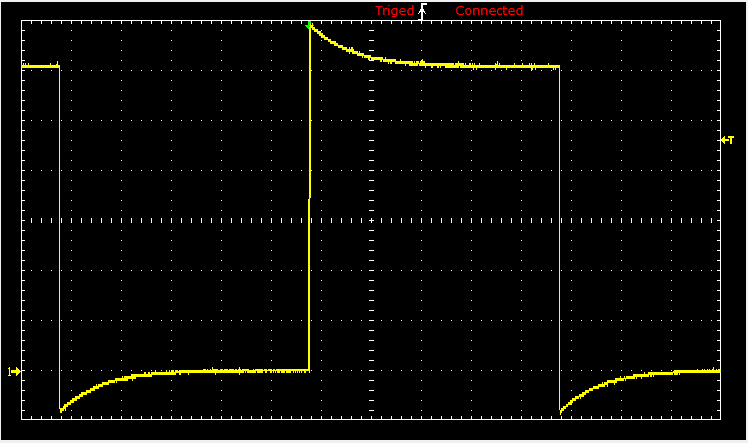Cramer's Rule
we start by considering the matrix
\[
{\bf E}_1 = {\bf I} - \begin{bmatrix} 0&0&0&\cdots &0 \\
k_{21}&0&0&\cdots &0 \\ k_{31}&0&0&\cdots &0 \\
\vdots&0&0&\cdots &0 \\ k_{n1}&0&0&\cdots &0 \end{bmatrix} ,
\]
where \( k_{i1} = a_{i1} / a_{11} . \)
Example: The span of the empty set \( \varnothing \) consists of a unique element 0.
Therefore, \( \varnothing \) is linearly independent and it is a basis for the trivial vector space
consisting of the unique element---zero. Its dimension is zero.
Example: In \( \mathbb{R}^n , \) the vectors
\( e_1 [1,0,0,\ldots , 0] , \quad e_2 =[0,1,0,\ldots , 0], \quad \ldots , e_n =[0,0,\ldots , 0,1] \)
form a basis for n-dimensional real space, and it is called the standard basis. Its dimension is n.
Example: Let us consider the set of all real \( m \times n \)
matrices, and let \( {\bf M}_{i,j} \) denote the matrix whose only nonzero entry is a 1 in
the i-th row and j-th column. Then the set \( {\bf M}_{i,j} \ : \ 1 \le i \le m , \ 1 \le j \le n \)
is a basis for the set of all such real matrices. Its dimension is mn.
Example: The set of monomials \( \left\{ 1, x, x^2 , \ldots , x^n \right\} \)
form a basis in the set of all polynomials of degree up to n. It has dimension n+1.
■
Example: The infinite set of monomials \( \left\{ 1, x, x^2 , \ldots , x^n , \ldots \right\} \)
form a basis in the set of all polynomials.
■
